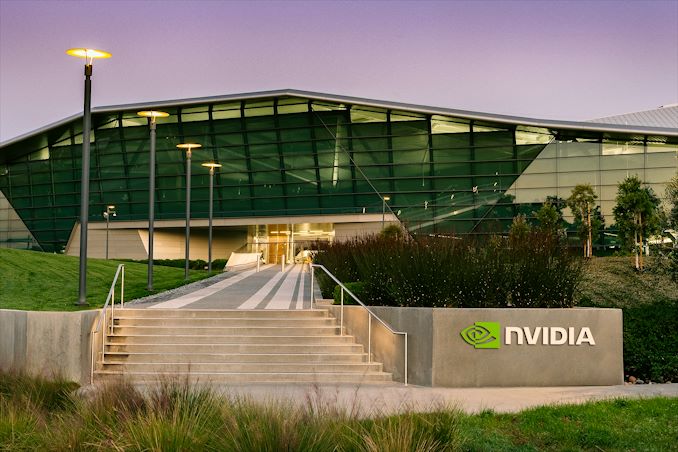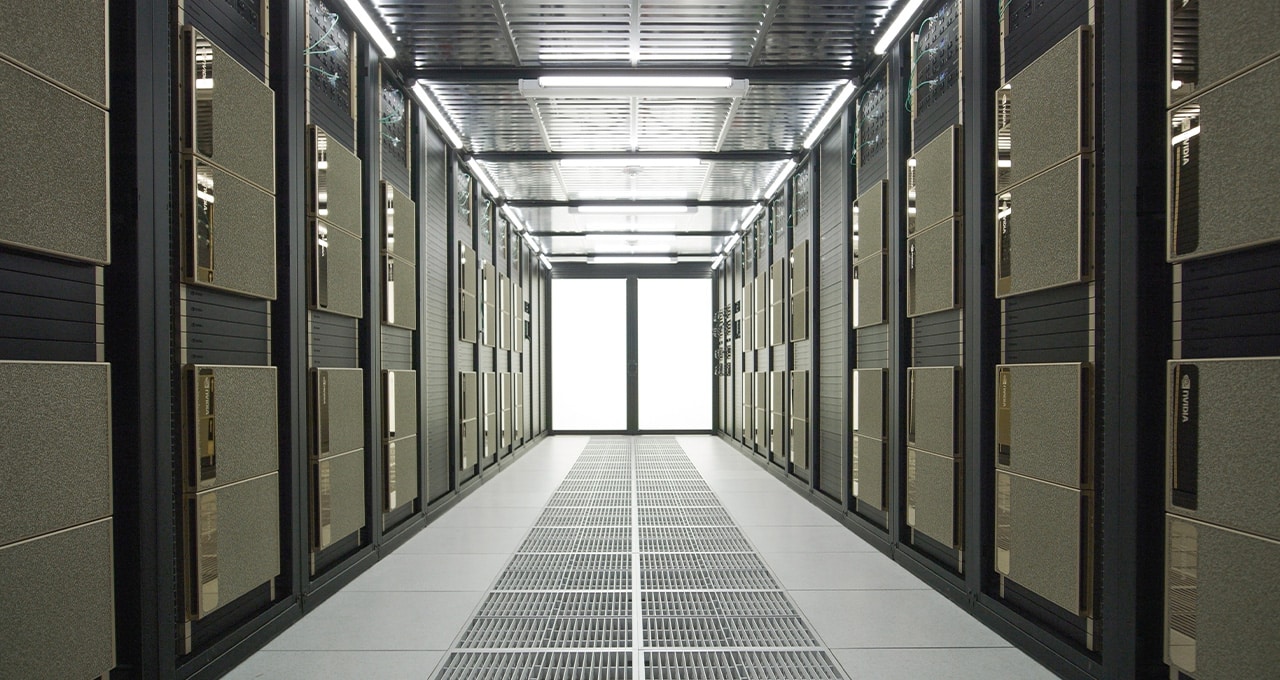I'm not so sure the end of stupidly high growth is in sight just yet. Think of the smaller but perhaps more risky complaints about GenAI today: a company with proprietary internally-developed software assets can't just pipe their entire codebase into a community AI platform, because it may (and has already been shown to, in multiple cases) start leaking your software secrets to others as part of the inference and distillation cycles. Any sensible companies who want to leverage AI for NDA-level things will be hosting their own private GenAI / LLMs and will need compute to do it. This isn't about the total GPU cluster capacity though, it's about securely partitioning the data.
Great, so why don't they just buy their own compute cluster? Because they can't buy just one if it's business critical, they need to buy at least two and space them out geographically. Then you get into resliency sets and replication and services routing and of course all the underlying infrastructure duplication. Depending on the geographic size of the company (eg multinational business) they may need to buy more than two clusters and place them in more than two geographic regions. The more clusters we end up buying for resiliency and reduncancy, the less likely they're all going to be heavily used. In fact, it's more likely those extra GPU clusters will spend a lot of time functionally idle. We've now burned a TON of investment in physical equipment, datacenter capacity, and staff to manage lifecycle of the infrastructure to manage business continuity and disaster recovery, versus just "renting" the time from a cloud provider who could provide the same.
Even if our hypothetical company ends up spending 75% of their projected total cost of ownership on renting instead of buying, they've still demonstrated a 25% reduction in cost for the same performance. And if the business demands they reduce cost? Then it's a clear line from reducing consumption to getting the expected cost reduction.
I'm not telling anyone cloud is "cheap' (because holy hell, it's not) but for boutique use cases like this one, it might be the better alternative for smaller to midsize companies -- and there are a LOT of those out there. Self-hosted LLMs are just now starting to take off; I have one in my house now and I can see how this could immediately grow for other companies.






